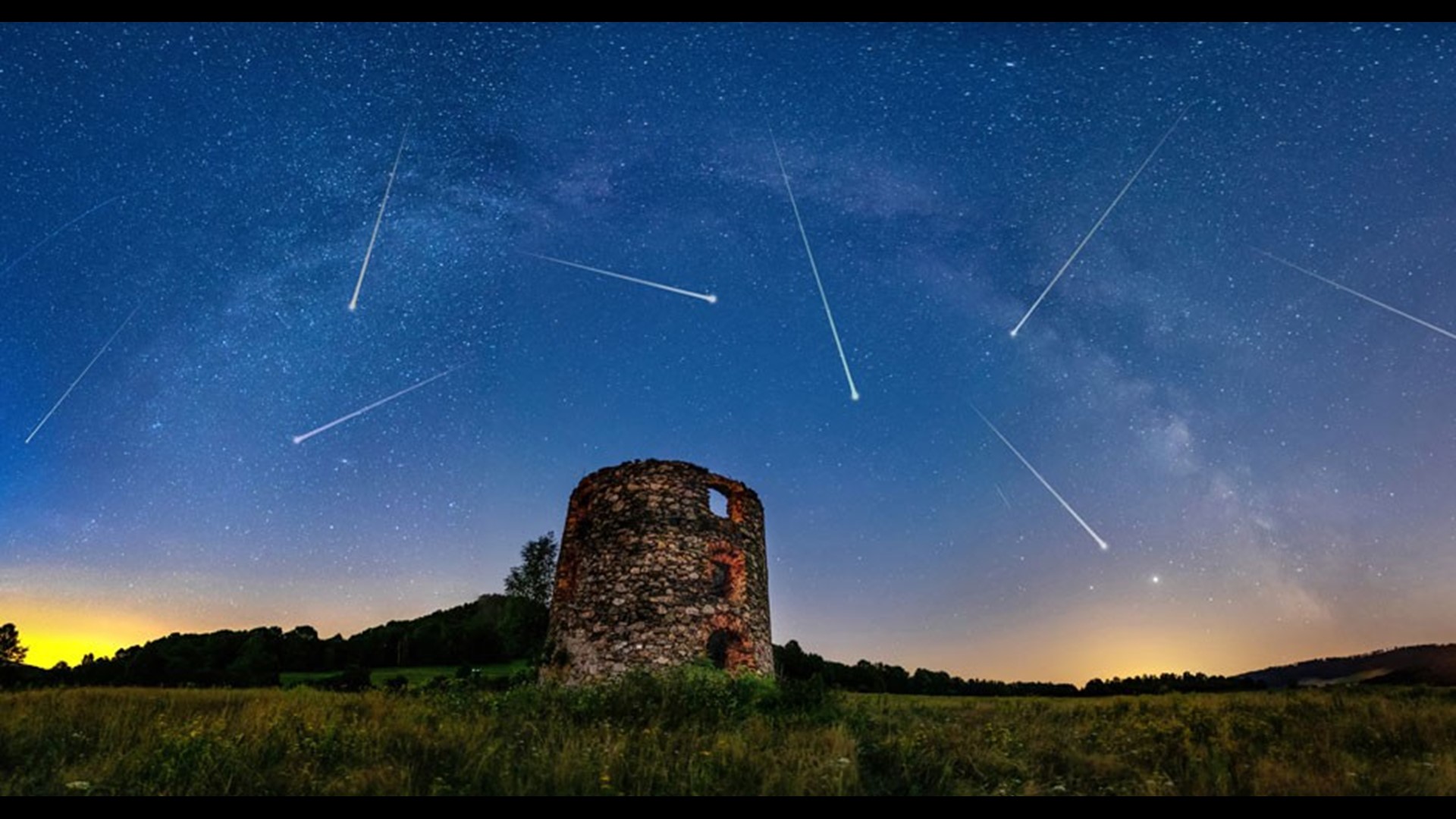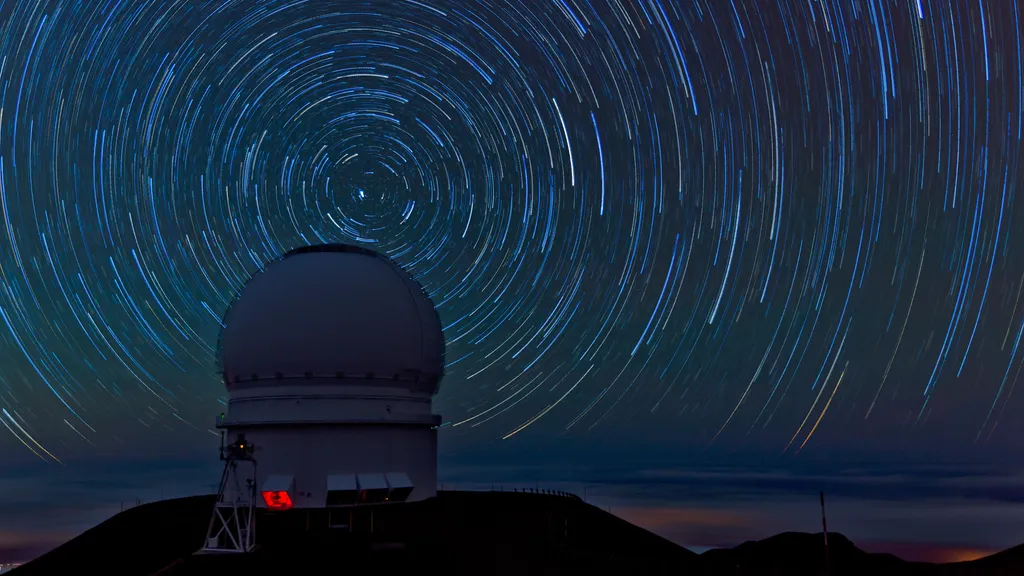Year’s Greatest Night Sky Events:- Wherever you find yourself on this planet, the marvels of the night sky never fail to captivate. Whether it’s the total eclipses gracing America or meteor showers illuminating the Southern Hemisphere’s heavens, 2024 promises a tapestry of celestial events worth witnessing. Take note of this calendar for a series of unforgettable stargazing experiences.
Quadrantid meteor shower
4 January
The New Year celebrations will extend until January 4th, marking the skies with fireballs that outshine even the brightest planets. These Quadrantid fireballs create larger bursts of light than typical meteor streaks and often linger for an extended duration. Spanning from December 28th to January 12th, the Quadrantid meteor shower reaches its peak for a few hours on a specific date, displaying as many as 120 meteors per hour. While optimal viewing occurs in the Northern Hemisphere, this spectacle is observable from any location. To start witnessing the shower, look towards the northern sky, just above the Big Dipper.
Penumbral lunar eclipse
25 March
The penumbra arises from a partial alignment of the sun, moon, and earth, causing the earth to partially obscure the sun’s light and cast a shadow over a section of the moon. This unique phenomenon, known as a penumbral lunar eclipse, will be observable by astronomers in March this year. The eclipse will grace the skies of Europe, Australia, Africa, East Asia, North America, South America, as well as the Pacific region and Antarctica.
Total solar eclipse
8 April
A total solar eclipse is set to take place, with the moon entirely obscuring the sun, casting a shadow visible from North America as it traverses over Mexico and Canada. As the moon moves between the sun and the earth, the sky darkens, completely blocking the sun’s face. This event creates a dusky atmosphere, but observers must use proper eye protection when looking skyward to avoid eye damage.
Also Read:- Top 50 Famous Attractions in Australia You Should Definitely Visit in 2024
Lyrid meteor shower
22-23 April

The radiant Lyrid meteor shower is renowned for its luminous trails that linger for several seconds. However, the shower’s peak coinciding with a full moon this year might impact visibility. To optimize viewing, seek out a dark location with clear skies. These meteors seem to emanate from the constellation of Lyra, with its radiant point positioned in the northern part of the sky. As a result, observers in the Southern Hemisphere might catch fewer Lyrid meteors.
Eta Aquarids meteor shower
6 May
Spanning from April 19th to May 28th, the Eta Aquarids meteor shower will reach its zenith around May 6th. Exhibiting a pace of up to 50 meteors per hour, the shower will be predominantly observable in the Southern Hemisphere, positioned low in the sky. Much like many other meteor showers, its name is derived from the constellation it emanates from, Aquarius. Linked to Halley’s Comet, the Eta Aquarids shower lacks a specific peak time, offering a prolonged celestial spectacle.
Perseid meteor shower
11-12 August
The Perseid meteor shower is a result of Earth’s yearly passage through remnants shed by the comet Swift-Tuttle. This event dazzles with up to 60 shooting stars per hour, and in the upcoming year, it aligns with a moonless sky, ensuring optimal visibility. On approximately August 12th, the radiant point of the shower within the Perseus constellation will appear above the horizon, offering the best views for countries situated in the Northern Hemisphere.
Supermoon with partial lunar eclipse
18 September
A supermoon graces the sky when the moon reaches its closest point to Earth, appearing larger and more radiant than its typical size. This September, a supermoon coincides with a partial eclipse. While a supermoon is easily visible from any location, the eclipse will be observable from regions including Europe, parts of Asia, Africa, North America, South America, the Indian Ocean, the Arctic, and Antarctica.
Annular solar eclipse
2 October
The second solar eclipse of the year is set to predominantly traverse the Pacific Ocean. In an annular eclipse like this, the new moon glides across the sun but doesn’t entirely obscure its disk, forming a captivating “ring of fire” around the moon’s edges. This type of eclipse occurs approximately once every one or two years. In the upcoming event, it will be most visible over Argentina and Chile.
Also Read:- Top 5 places to go during the upcoming Winter season
Supermoon
17 October

In October, the second and nearest supermoon of 2024 is anticipated. During this occurrence, the moon can present itself as much as 14% larger and 30% brighter compared to when it’s at its farthest point. Observing this celestial event doesn’t require specialized equipment, yet a clear night sky and an unobstructed view will certainly enhance the experience.
Geminid meteor shower
13-14 December
Known for its impressive hourly rate of 150 meteors, the Geminid meteor shower stands out as one of the finest celestial displays to witness. In 2024, this spectacle will span from December 4th to December 20th, reaching its pinnacle around December 14th. Originating from the vicinity of the Castor star within the Gemini the Twins constellation, these meteors are easily visible nestled between the Taurus and Cancer constellations.










